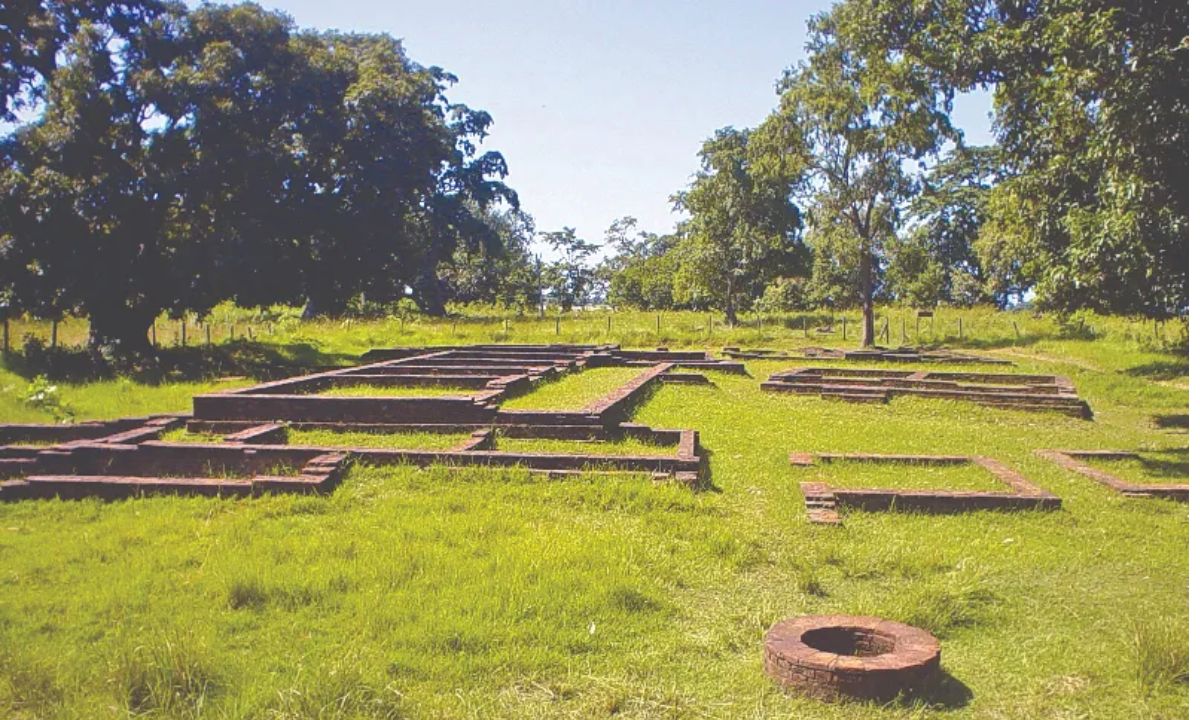Despite years of effort, Tilaurakot, the ancient capital of the Shakya kingdom where Gautam Buddha spent 29 years, has failed to be listed as a UNESCO World Heritage Site.
At the 47th UNESCO Session in Paris, discussions were held over two days (Friday and Saturday), but the proposal to list Tilaurakot did not pass.
According to Gyaniin Rai, Senior Director at the Lumbini Development Trust, the proposal failed mainly due to:
- A negative recommendation from ICOMOS (International Council on Monuments and Sites)
- Lack of support from other member countries
- Nepal’s weak diplomatic lobbying
- Suspected indirect pressure from India, which promotes Piprahwa and Ganwaria in Uttar Pradesh as Shakya capitals
“We had high hopes after investing three years of effort and millions of rupees,” Rai said.
“But no country tabled a revision proposal in our favor, so it failed.”
UNESCO had included Tilaurakot in its tentative list back in 1996, and the Nepal government had pledged to list it as a World Heritage Site in its 2080/81 policy and programs.
Other Key Points:
- The core area of Tilaurakot spans approximately 140 bighas.
- Excavations have been ongoing since 2014, revealing archaeological evidence dating back to the 8th century BCE.
- Experts say Tilaurakot predates the Buddha by at least 300 years, making it one of South Asia’s largest and most intact open-air museums.
- A high-level delegation from Nepal, including Minister for Culture, Tourism, and Civil Aviation Badriprasad Pandey, attended the session in Paris.
- The session did remove Lumbini from the endangered list for now, which is seen as a partial success.
Dr. Sanuraja Shakya from Lumbini Development Trust remarked that Nepal’s heritage diplomacy needs strengthening to push such important historical sites to global recognition.







